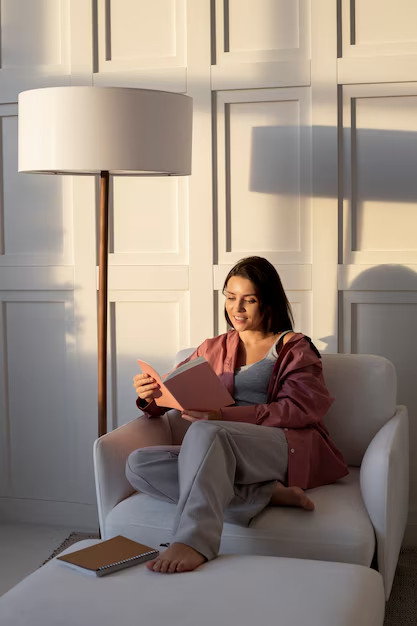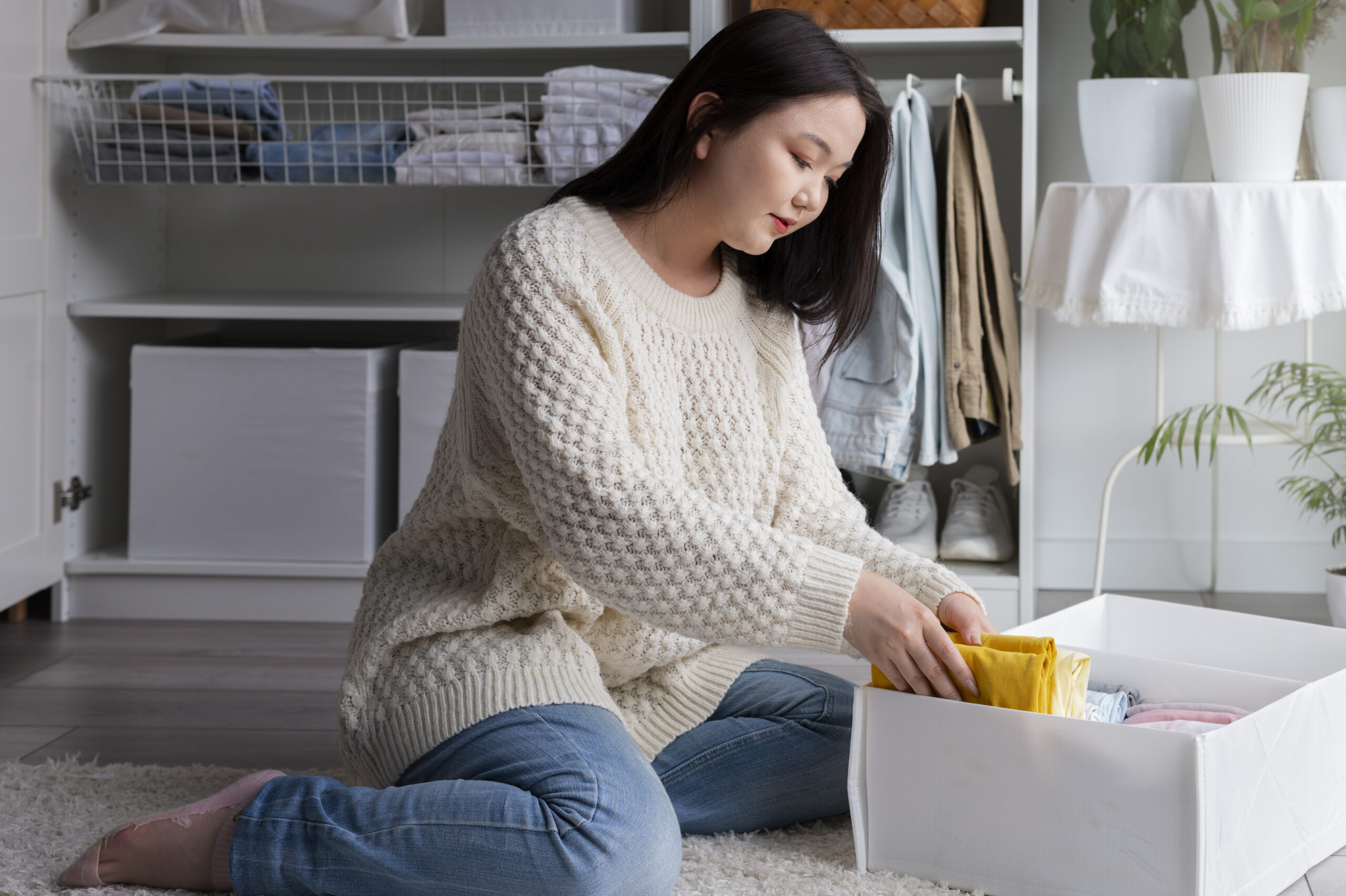As busy professionals, we often focus on making our homes look beautiful but rarely stop to think about how the design of our space can affect our emotional well-being. Your home is more than just a place to relax—it’s a space that impacts how you feel, think, and even how you work. For homeowners, especially those juggling a demanding job and family life, understanding how home interiors influence your mood is key to creating a healthy, happy living space.
In this blog, we will discuss why it's important to understand how your home affects your emotional health, how you can benefit from this understanding, and what happens if you ignore the impact of home design on your mental well-being.
Why Understanding Home Interiors and Emotional Health is Important:
Your home is where you spend a lot of time—whether you are working from home, spending time with family, or relaxing after a long day. The way your home is designed can either make you feel calm and happy or stressed and overwhelmed. If you are not paying attention to how your space affects your mood, you might be unknowingly creating a stressful environment. This is especially true for working professionals who need a peaceful and comfortable space to rest, recharge, and focus.
When you understand how interior design affects your mental health, you can make small changes that make a big difference. Creating a space that suits your emotional needs can help you feel happier, more relaxed, and more productive.
What Can You Gain by Understanding This?
By learning how home interiors impact your emotional well-being, you can unlock several benefits that will improve your life at home and work:
1. Reduced Stress and Anxiety:
Imagine coming home after a hectic day at work to a space that feels chaotic and cluttered. That kind of environment can raise your stress levels. On the other hand, a well-organized, clean, and peaceful home can lower stress and help you relax. Understanding how to design your home with calmness in mind can significantly reduce feelings of anxiety and stress.

2. Better Focus and Productivity:
If you're working from home, having a well-designed workspace can do wonders for your productivity. An organized and clutter-free area helps you stay focused and get more done. This is especially important for professionals who need to create a clear boundary between work and personal life. With the right setup, your workspace can keep you motivated and energized, helping you finish tasks more efficiently.
3. Improved Family Time:
Your home is where you spend time with your loved ones, and the way your space is designed can help foster better relationships. A home that feels comfortable, inviting, and warm can encourage quality time with family and friends. A good design can help people feel more connected and relaxed when spending time together.

4. Enhanced Comfort and Relaxation:
After a long workday, you want a home that feels like a sanctuary—a place where you can unwind and feel at ease. Your home’s interior plays a big role in how comfortable and relaxed you feel. A cozy and comfortable space allows you to feel calm, safe, and refreshed.
How Should You Implement These Changes?
Now that you understand the importance of emotional health in your home design, let's look at how you can make these changes to create a positive, peaceful space.
1. Maximize Natural Light:
Natural light is essential for a healthy home. It can lift your mood, improve your energy, and reduce feelings of sadness. If your home doesn’t have enough light, consider adding mirrors to reflect sunlight, using light-colored curtains, or keeping windows open to let in fresh air. A well-lit home is always more inviting and uplifting.

2. Choose Calming Colours:
The colours in your home can make a huge difference in how you feel. Soft shades of blue, green, and white are known for their calming effects. Bright colours like yellow and orange can be energizing, while darker tones like black or deep brown can make a space feel cozy but sometimes heavy. When designing your home, think about what each room needs: calming colours for the bedroom, energizing tones for workspaces, and warm, welcoming shades for living areas.

3. Declutter and Organize:
A cluttered space can make your mind feel cluttered too. When things are disorganized, it can lead to stress and anxiety. Take some time to clean up and get rid of things you no longer need. Simple, organized spaces can make you feel more in control and at peace. A clutter-free home can create a sense of calm and help you focus better.

4. Make Your Space Comfortable:
Comfort is key in creating a peaceful home. Make sure that your furniture and decor are not only stylish but also cozy and practical. Soft pillows, comfy sofas, and calming décor can help you feel relaxed and at ease. When you feel physically comfortable in your home, it becomes easier to relax and unwind.
5. Personalize Your Space:
Your home should feel like a reflection of you. Adding personal touches—like family photos, artwork, or souvenirs—can make your space feel more comfortable and connected to your life. Personalizing your home creates a sense of belonging and makes you feel more at ease in your surroundings.
What Happens If You Don’t Implement These Changes?
If you ignore the emotional impact of your home’s design, you may start to notice a few negative effects. A home that doesn’t support your emotional health can lead to:
1. Increased Stress:
A cluttered or poorly designed space can make you feel anxious and stressed. If your home doesn’t provide comfort or peace, it can add unnecessary pressure to your already busy life.

2. Difficulty Focusing:
Working from a messy, uncomfortable space can affect your concentration. When your home isn’t organized or designed to help you focus, it becomes harder to stay productive and motivated.
3. Less Quality Family Time:
If your home doesn’t feel welcoming or comfortable, it can cause tension and make it difficult to enjoy time with family or friends. A lack of design thoughtfulness can lead to feelings of discomfort and frustration, which affects relationships.
4. Feeling Unsettled or Uncomfortable
A home that isn’t personalized or comfortable can make you feel disconnected from your own space. This can lead to feelings of dissatisfaction or restlessness.
Your home is more than just a physical space—it plays a vital role in shaping your emotional well-being. For working professionals, it’s especially important to design a home that promotes relaxation, focus, and connection. By making small changes, such as maximizing natural light, organizing your space, and incorporating calming colours, you can create a home that nurtures your mental health.
Taking the time to make these changes will help you feel more at peace, more productive, and more connected to your loved ones. So, whether you are redesigning a room or just adding a few personal touches, remember that your home is your sanctuary. Designing it with emotional health in mind will make all the difference in your overall well-being.